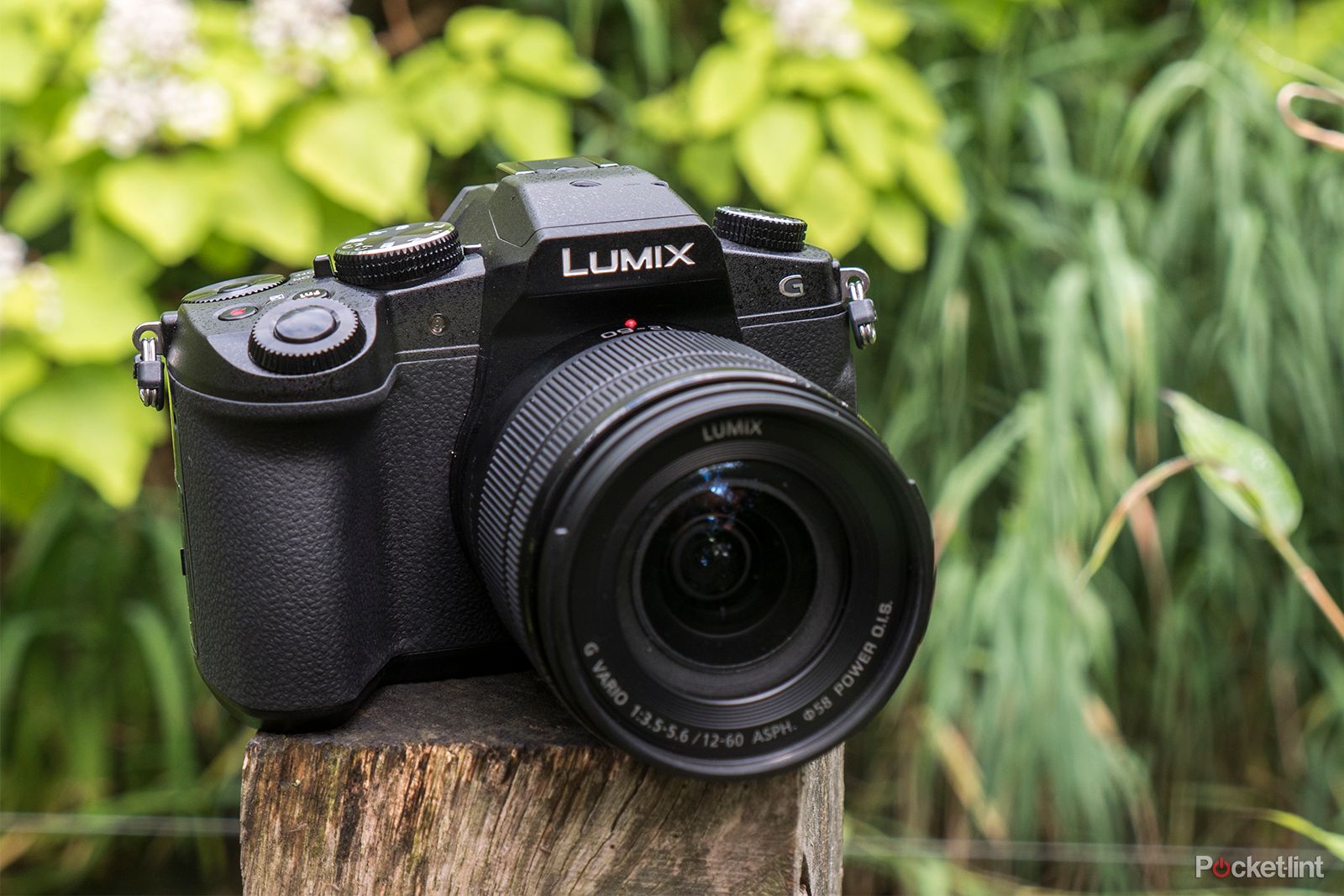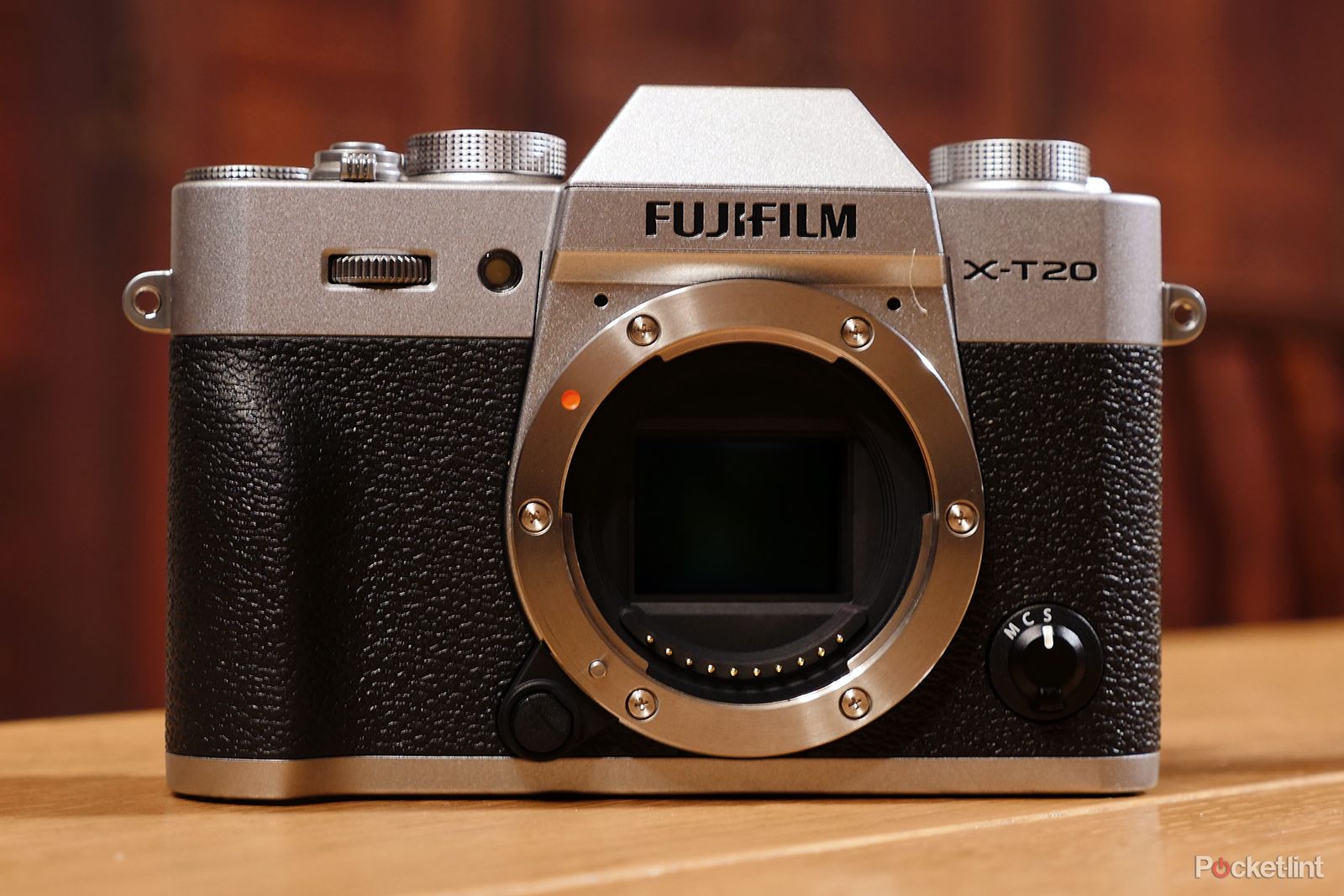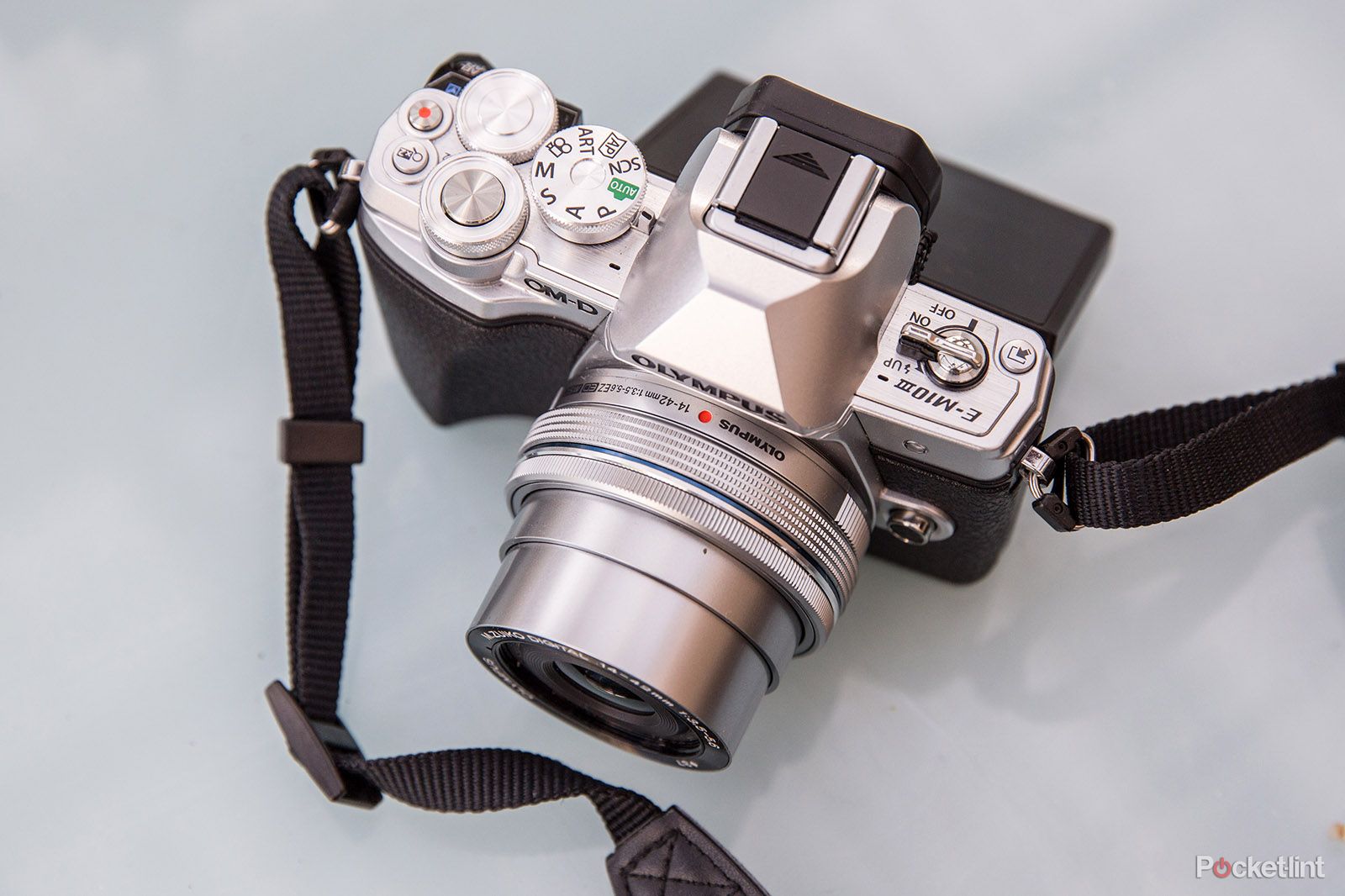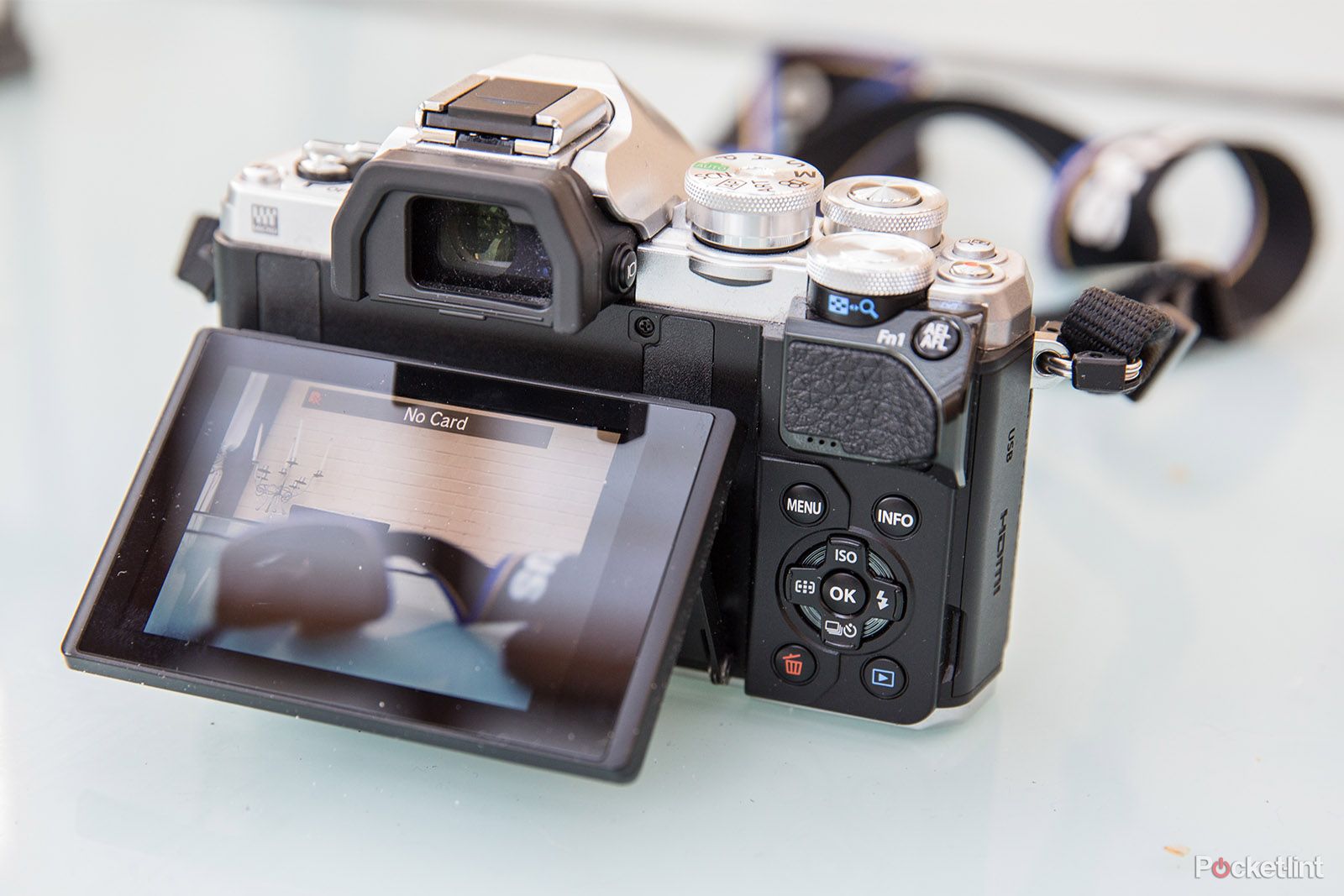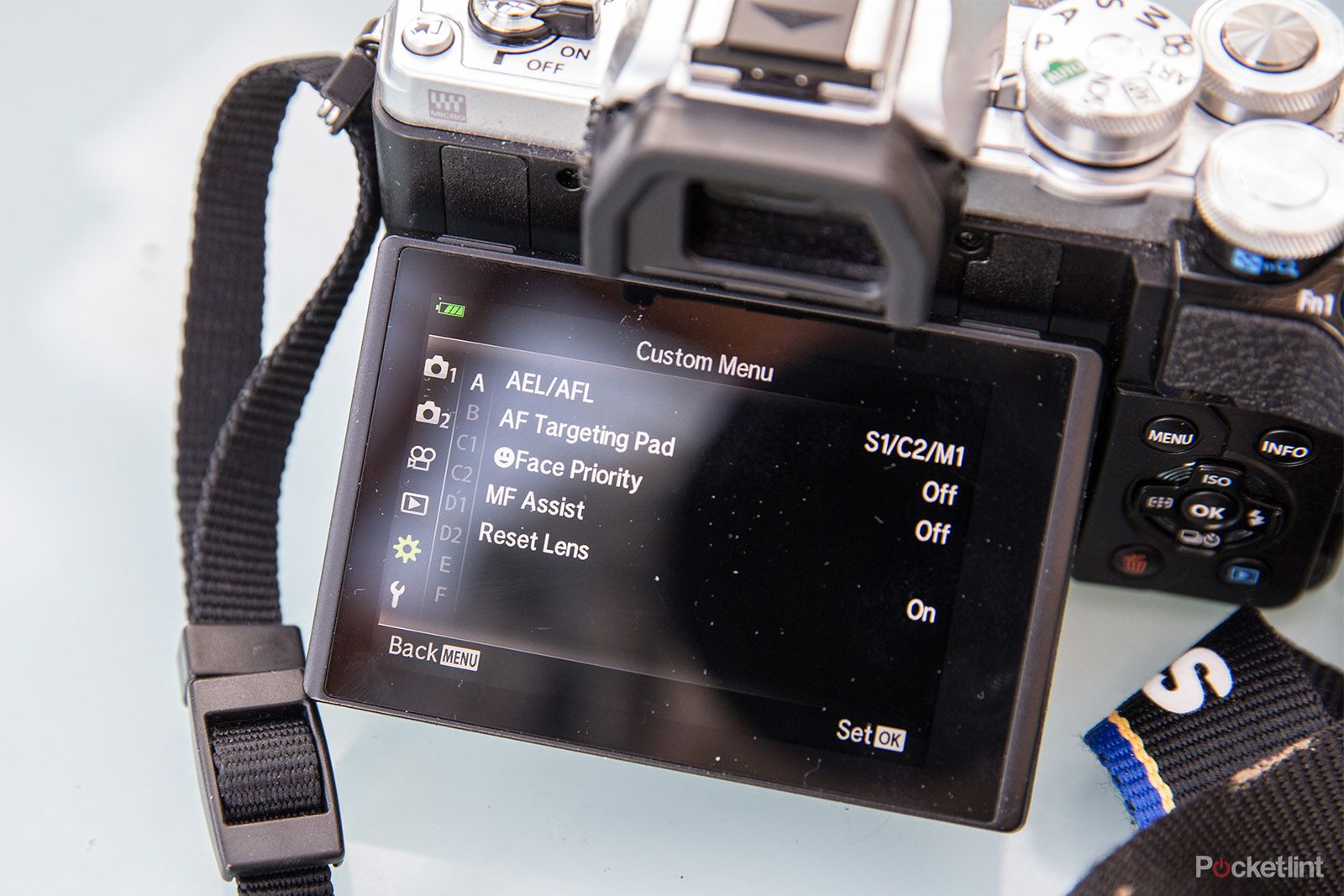Say hello to the Olympus OM-D E-M10 for its third innings, in Mark III form.
Our quick take
If you're seeking a good-looking interchangeable lens mirrorless camera that can capture great shots in reasonable lighting conditions, the Olympus OM-D E-M10 Mark III does a great job. We took it out on a number of fishing trips, a week-long holiday, and it was a great fit in a small travel bag.
Problem is, there are lots of other mirrorless cameras also up to this task, while the Mark III's improvements over its predecessor are subtle at best. Plus it's not too hot when shooting in low-light conditions, which is where a large sensor camera would come into its own, and the menu systems seem unnecessarily complex compared to the competition.
Overall, the OM-D E-M10 Mark III is a decent mirrorless camera for the price. The autofocus, video and design improvements are all welcome. However, it does feel a little overcomplicated for the amateur user.
Alternatives to consider
Panasonic Lumix G80
It's more DSLR in terms of style, but we think the Panasonic is an easier to pick up and use mid-point mirrorless camera. It has heaps of features, including 4K video capture and an autofocus system that'll easily rival the Olympus.
Read the full review: Panasonic G80
Fujifilm X-T20
Perhaps the most astute choice to make, given the Fuji's marriage of style, accessibility and what, ultimately, can result in better and higher-resolution images. There are fewer lenses in the range than the Olympus/Panasonic Micro Four Thirds mount, but what Fuji does have on offer is of great quality.
Read the full review: Fuji X-T20
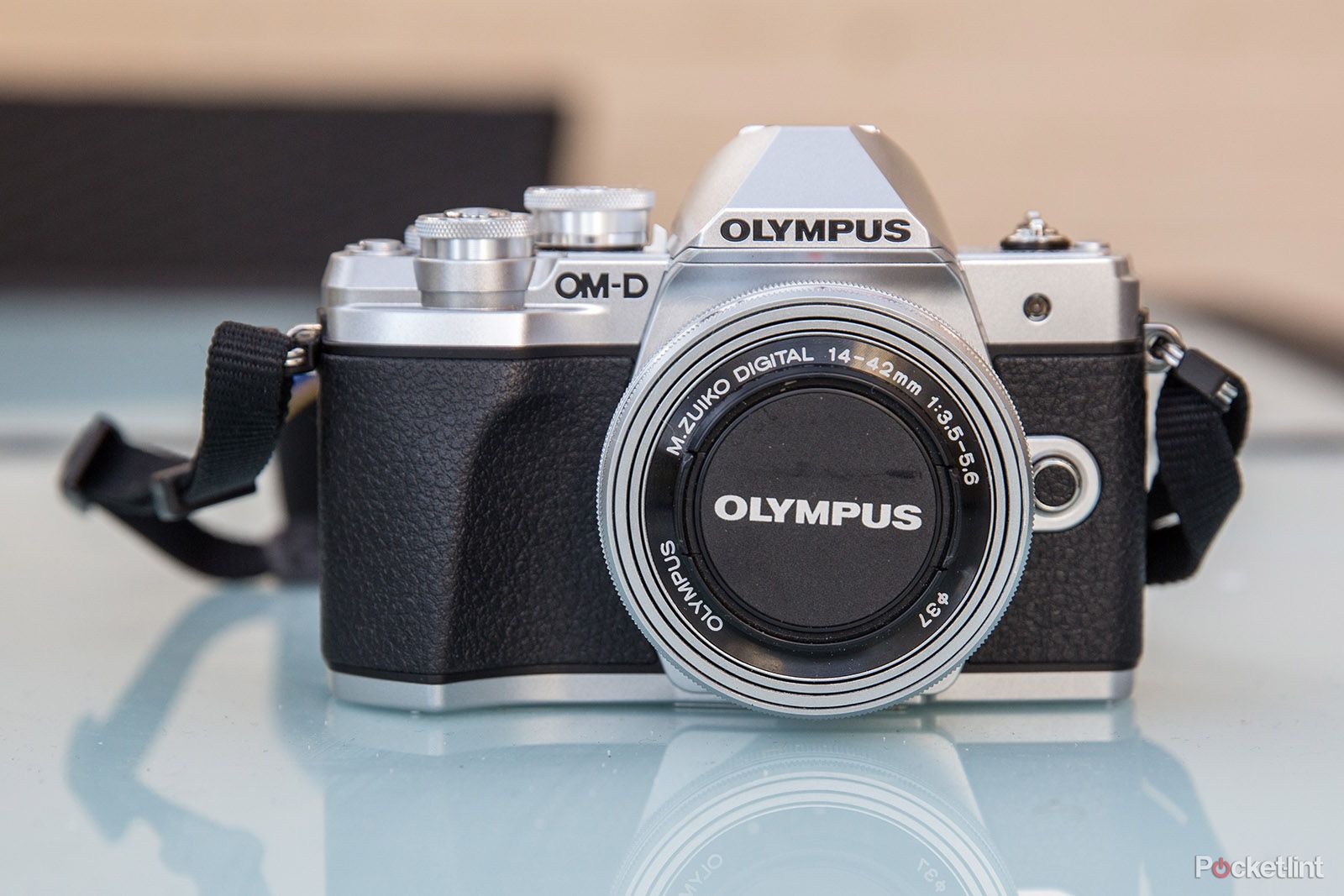
Olympus OM-D E-M10 Mark III - 4.0 / 5
| FOR | AGAINST |
|---|---|
|
|
Olympus OM-D E-M10 Mark III
This new addition to the OM-D family boasts many of the same features we love about the OM-D range - the Micro Four Thirds sensor and raft of available lenses, class-leading in-camera image stabilisation and beautiful retro styling - along withan updated image processor, 4K video capture and more focus points than its Mark II predecessor.
We took the E-M10 Mark III for a test run to see if it's the best accessible OM-D model to date, or too much of a slight update to recommend.
Who's it aimed at?
- Mark III updates predecessor with 4K video and improved autofocus
- Metal body with plastic top/bottom plates design
- Micro Four Thirds lens mount
Olympus has two distinct product categories: the Pen range, for those wanting a trendy-looking camera with simple controls and decent image quality (you're likely to spot one dangling from the neck of fashion-blogger); and the OM-D range, which is aimed at the more advanced enthusiast photographer.
Both the Olympus Pen-F and OM-D E-M10 Mark III occupy a kind of middle ground in their respective categories, with some cross-over between them. Each is designed to be easy-to-use but also allow photographers who want to progress in their photographic ability to do so. That's the beauty of the Micro Four Thirds system (MFT), as there are heaps of lenses that you can buy into.
The E-M10 Mark III isn't the most advanced in the company's range - a crown reserved for the impressive E-M1 Mark II - but it's an accessible, affordable model with some great features on board, updating the Mark II model from 2015. It's a shame there's no weather-sealing and that the metal top/bottom plates of the earlier model have been replaced with plastic, though. Still, the new camera does feature a more pronounced grip, which significantly improves handling and makes the camera feel more secure in the hand.
Key features
- 5-axis stabilisation system (effective to 4-stops)
- 2.36m-dot electronic viewfinder
- 3-inch, 1,040k-dot vari-angle touchscreen
One of the biggest draws to the Olympus OM-D range is its image stabilization: the Mark III features 5-axis stabilisation with an efficiency up to 4-stops. What does that mean? The Olympus system counters pitch, yaw and roll, plus horizontal and vertical sensor movements. The 4-stops means you'll be able to get a sharp hand-held shot four shutter settings different to shooting without the system. So, for example, a shutter speed at 1/4th of a second should be the equivalent of 1/60th of a second. It's impressive - although if the subject is moving in the frame then, well, it's likely to blur.
Next up there's the built-in viewfinder. In the E-M10 III it's a 2.36-million-dot resolution - the same as in the OM-D E-M5 Mark II and OM-D E-M1 Mark II. However, the magnification is 1.23x which is slightly lower than those more advanced models, meaning a slightly smaller overall image to the eye.
Around the back of the Mark III is the 3-inch touchscreen, which is bright to look at and responsive to touch, and comes mounted on a tilt-angle bracket, so can be used for those high- and low-angle shots with ease.
The touchscreen can be used effectively - even when using the viewfinder to shoot. When looking through the finder the camera has a mode where you can select and move your AF point using the touchscreen by dragging a finger across it, relative to where you wish the focus point to be. This very useful for adjusting focus point selection without needing the put the camera down and change anything.
Performance
- 121-point contrast-detect autofocus system
- 8.6fps burst shooting (single AF) / 4.8fps (continuous AF)
- 330 shots per charge
- Wi-Fi connectivity
Speed and autofocus is one of the key areas where the O-MD Mark III has made solid improvements. The camera ups the ante with a 121-point contrast detection system (its predecessor was an 81-point system), which is fast enough to lock onto subjects quickly and accurately, whether in single or continuous autofocus. Its one weakness is that it inevitably slow down in low-light conditions.
Focus types also simplify shooting in some scenarios. Face priority is one such example, which will be a useful feature for many hobbist photographers. In this mode, when the E-M10 III detects faces or eyes it focuses on them and ensures they are always sharp, taking the effort out of fine-tuning focus for the perfect shot.
If you want to whirr off some shots, then the E-M10 III's processor is up to task. Its fastest burst rate of 8.6 frames per second (reduced to 4.8fps with continuous autofocus) is a respectable speed. Although it's not that much of a boost compared to the Mark II model.
With so many features working hard, the battery life isn't as good as a DSLR competitor though. Its rating of 330 shots per charge is pretty reasonable in this category, but it's probably worth stocking up on a few extra batteries for long trips. Annoyingly, Olympus has removed the quick sleep mode we saw on the E-M10 Mark II, so expect your batteries to drain quicker! Also, Olympus has changed the USB connection on the side of the camera to a Micro-USB – but this connection doesn't accept battery charging, you'll need to use the mains charger in the box instead.
One of the other problems Olympus has is its menu system. Sure, it's simplified the menus to some degree compared to before, but it's still awfully complicated. It takes the number one spot for trickiest system/button arrangement of any camera maker. If you're unfamiliar with the brand it will pain your cerebral cortex - although you'll learn your way around, we fell that for the amateur photographers this camera is aimed at, chances are it'll mean automatic mode is selected more often than not.
No camera in 2017 would be complete without Wi-Fi Connectivity. Olympus has always been good when it comes to this kind of tech and the E-M10 III is no different. It can be used with the Olympus O.I Share app (available on IOS and Android). This allows users to send photos and videos directly from their camera to their phone or tablet. Also, users can control their camera from their smartphone or tablet using the app. Out of the many Wi-Fi apps available for cameras, Olympus has one of the easiest and most reliable.
Image and video quality
- 16-megapixel Micro Four Thirds sensor
- TruePic 8 image processor
- 4K video capture (to 25fps) / 1080p (to 60fps)
Like its predecessor, the Olympus OM-D E-M10 Mark III features a 16-million-pixel Micro Four Thirds sensor. This is the same sensor that's always been used in the E-M10 series – that's right, it hasn't changed since the original OM-D E-M10 in 2014, only the image processing has been tweaked and improved.
It sounds a touch disappointing that there's no hardware improvement there, but in fairness the E-M10 range has proven its image quality standard over the years. Still, to not go with the 20-million-pixel upgrade makes the camera a modest update over the Mark II model.
In testing we found the images to be decent - the camera captures a good amount of dynamic range at lower sensitivities, although if limited lighting conditions force this sensitivity up then the quality does drop.
The only real change in quality compared to the previous E-M10 models comes down to the new TruPic 8 image processor on board. This is the same as used in the flagship E-M1 Mark II, providing more efficient JPEG image processing than before - although some will find the shots a little over-sharp, we suspect.
Another area the E-M10 Mark III borrows from the flaship E-M1 II is the video spec department. It can shoot 4K resolution at 25fps, Full HD at up to 60fps, or 720p at 120fps. There's no mic port or a headphone socket, though, so it's not going to be first call for videographers - but for users looking to capture some high-quality video on their travels it ticks the right quality boxes.
Olympus OM-D E-M10 Mark III
To recap
Overall, the OM-D E-M10 Mark III is a decent mirrorless camera for the price. The autofocus, video and design improvements are all welcome. However, it does feel a little overcomplicated for the amateur user.

